Abaqus software free download full version with crack
Abaqus is a software suite that offers various tools for simulating the behavior of structures and mechanical components under different conditions. It includes two main products:

Abaqus/Standard: For static and low-speed dynamic analysis.
Abaqus/Explicit: For high-speed dynamic analysis and complex nonlinear problems..
Applications of Abaqus
Automotive: Crash simulations, durability analysis, and fatigue assessment.
Aerospace: Structural analysis of aircraft components and thermal analysis of engines.
Civil Engineering: Analysis of structures under seismic loads and soil-structure interaction.
Manufacturing: Simulation of manufacturing processes like injection molding and metal forming.
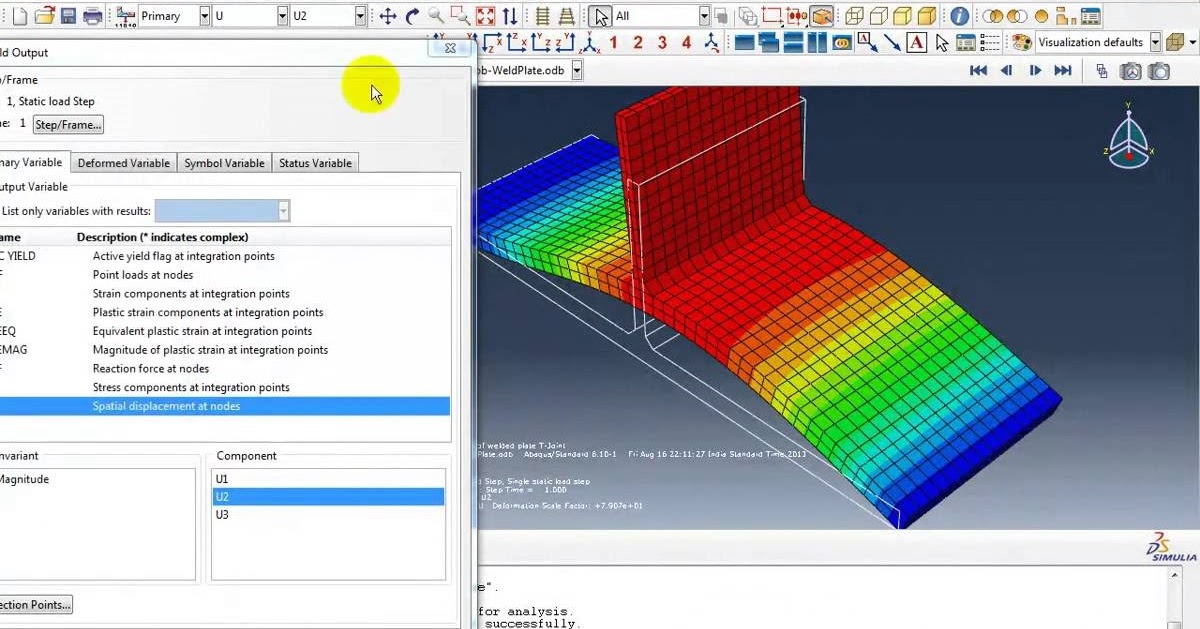
Getting Started with Abaqus
User Interface Overview
Model Tree: Displays the hierarchy of your model components.
Viewport: Area where the model is visualized.
Tools Panel: Contains tools for creating and modifying geometry, loading, and boundary conditions.
Creating a New Model
Open Abaqus and select New Model Database.
Save your model with a relevant name.
Creating Your First Model
Step-by-Step Guide
Define Geometry: Use the sketch tool to create your part.
Assign Material Properties: Select materials from the library or create custom materials.
Mesh the Model: Define the mesh size and type.
Apply Loads and Boundary Conditions: Specify the forces, pressures, and constraints.
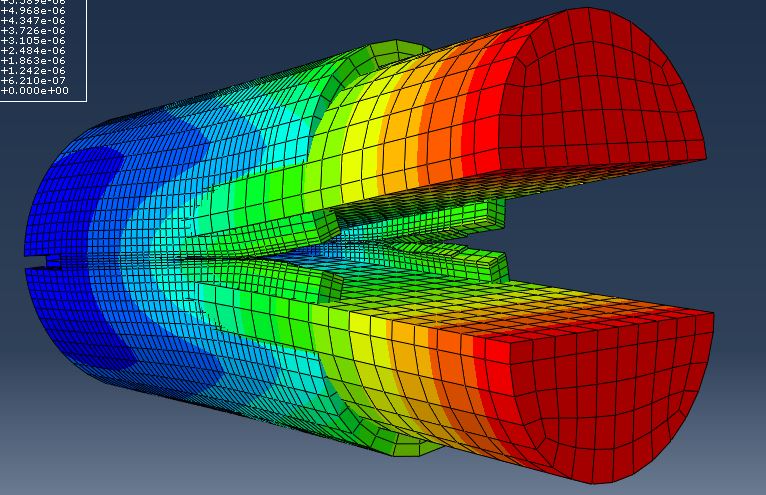
Running Simulations
Job Creation: Create a job to run your analysis.
Submit Job: Click on the submit button and monitor the analysis progress.
Check for Errors: Review the message file for any issues during the simulation.
Post-Processing Results
Analyzing Results
Visualization: Use the visualization tools to view deformations, stress distribution, and other results.
Data Extraction: Extract numerical data for further analysis or reporting.
Generate Reports: Create detailed reports of your findings.
Best Practices
Model Simplification: Simplify your model where possible to reduce computation time.
Mesh Quality: Ensure a high-quality mesh for accurate results.
Validation: Validate your model with experimental data whenever possible.
Resources for Learning Abaqus
Official Documentation: Comprehensive user manuals and tutorials provided by Dassault Systèmes.
Online Courses: Platforms like Coursera and Udemy offer courses on Abaqus.
User Forums: Engage with the community on platforms like Eng-Tips and the Abaqus User Community.
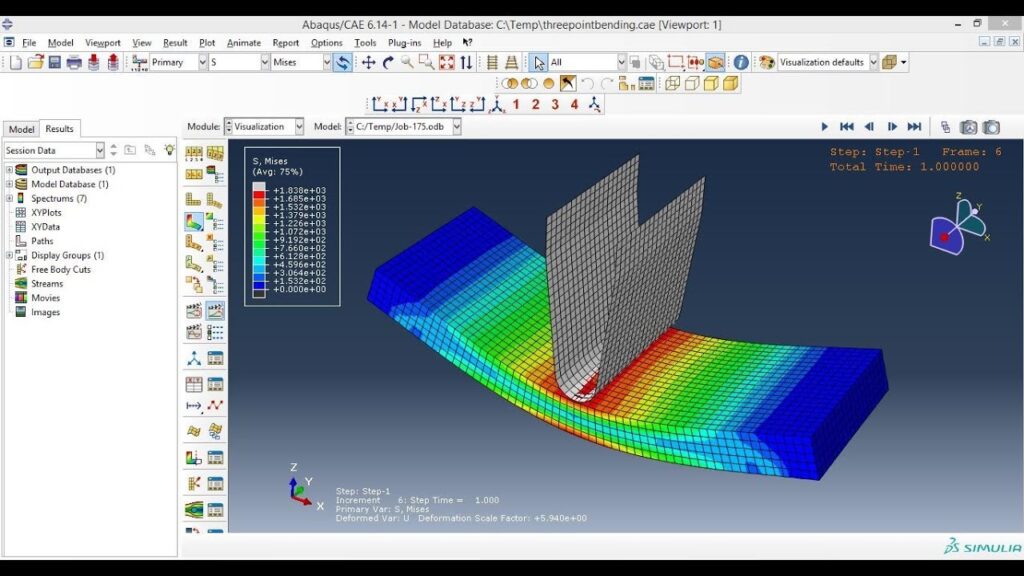
Features of Abaqus
Abaqus comes equipped with a range of features designed to facilitate advanced simulations. Here are some of the key features that make it stand out:
- Comprehensive Material Modeling: Abaqus supports a wide variety of material models, including metals, polymers, and composite materials, enabling precise modeling of material behavior.
- Advanced Solver Capabilities: The software includes both explicit and implicit solvers, allowing users to choose the most appropriate method for their specific analysis needs.
- Robust Pre- and Post-Processing Tools: With integrated pre-processing tools, users can easily create complex geometries and mesh their models. Post-processing capabilities enable detailed visualization and analysis of results.
- Customization and Scripting: Abaqus allows for extensive customization through scripting, enabling users to automate repetitive tasks and enhance their workflow efficiency.
- Multi-Physics Simulation: This feature enables users to analyze coupled problems, such as thermal-structural interactions, providing a more comprehensive understanding of system behavior.
These features collectively enhance the software’s utility, making it an essential tool for engineers and researchers seeking to conduct detailed and accurate simulations.
Technical Specifications
- Version: Abaqus 2024
- Interface Language: English
- Design by: Dassault Systèmes
- Type of Software: Finite Element Analysis (FEA) and Computer-Aided Engineering (CAE)
- Audio Language: N/A
- Uploader / Repacker Group: [Your Group Name]
- File Name: Abaqus_2024_Full_Setup.exe
- Download Size: Approximately 4.5 GB
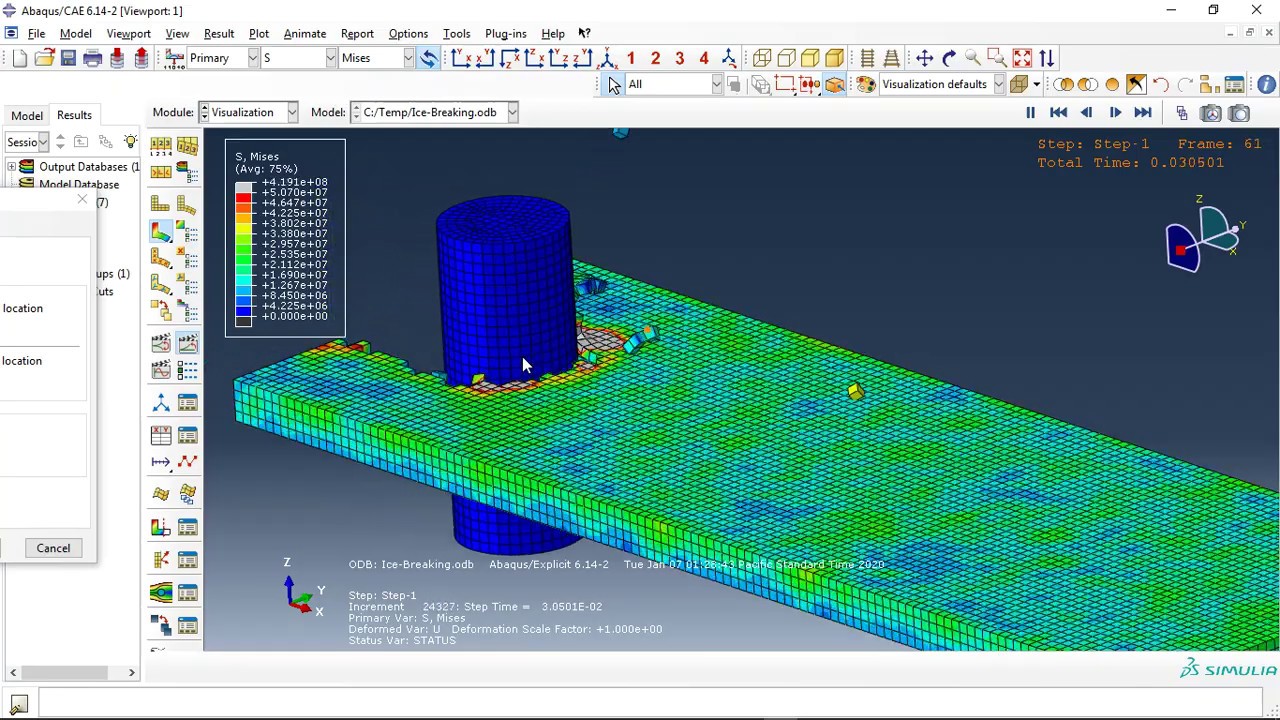
System Requirements
Minimum Requirements:
- OS: Windows 10 (64-bit)
- Processor: Intel Core i5 or equivalent
- RAM: 8 GB
- Graphics: NVIDIA or AMD with OpenGL support
- Disk Space: 10 GB free space
Recommended Requirements:
- OS: Windows 10 (64-bit)
- Processor: Intel Core i7 or equivalent
- RAM: 16 GB or more
- Graphics: NVIDIA or AMD with OpenGL support
- Disk Space: 20 GB free space
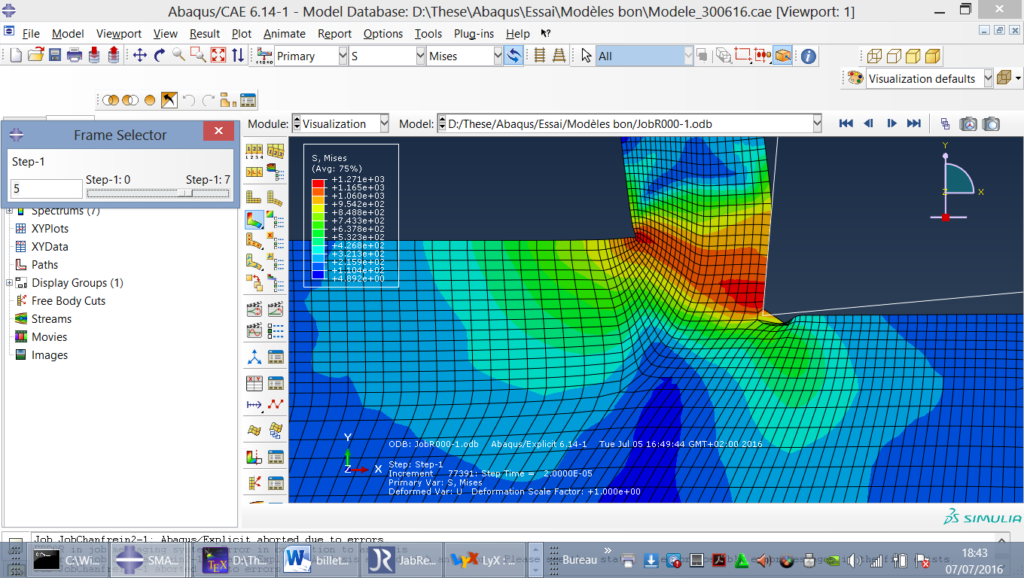
How to Download and Install Abaqus
To download Abaqus, click on the download button provided on the website. Follow the prompts to initiate the download. After downloading, locate the setup file (Abaqus_2024_Full_Setup.exe) and double-click to begin the installation. You may need to enter a password to run the file, which will be provided in the download instructions. Follow the on-screen instructions to complete the installation process.

How to Start and Use Abaqus
After installation, you can start using Abaqus by following these steps:
- Launch the Abaqus software from your desktop or start menu.
- Create a new project by selecting “New” from the file menu.
- Define your model by importing geometry or creating it within the software.
- Set up your analysis by defining material properties, boundary conditions, and loads.
- Run the simulation and wait for the results to be generated.
- Use the post-processing tools to visualize and analyze your results.
For further information on Abaqus and its applications, you can explore additional resources and insights on websites such as Frezsa, Get Into PC, Ocean of Games, IPC Games, I Get Into PC, AACPI, Deffrent, and Mrafb. Each site offers unique resources that can enhance your understanding and use of Abaqus software.

Leave a Reply